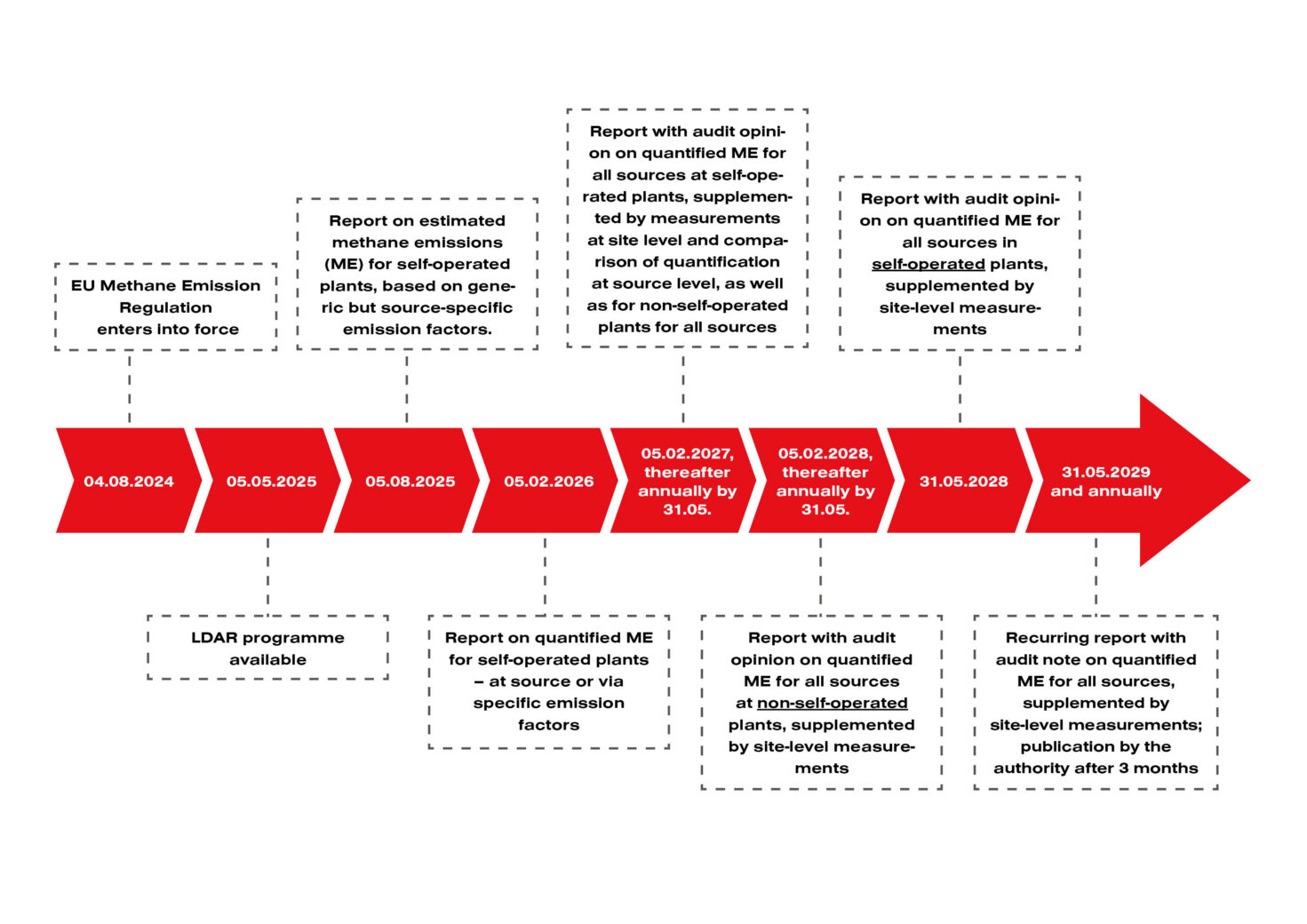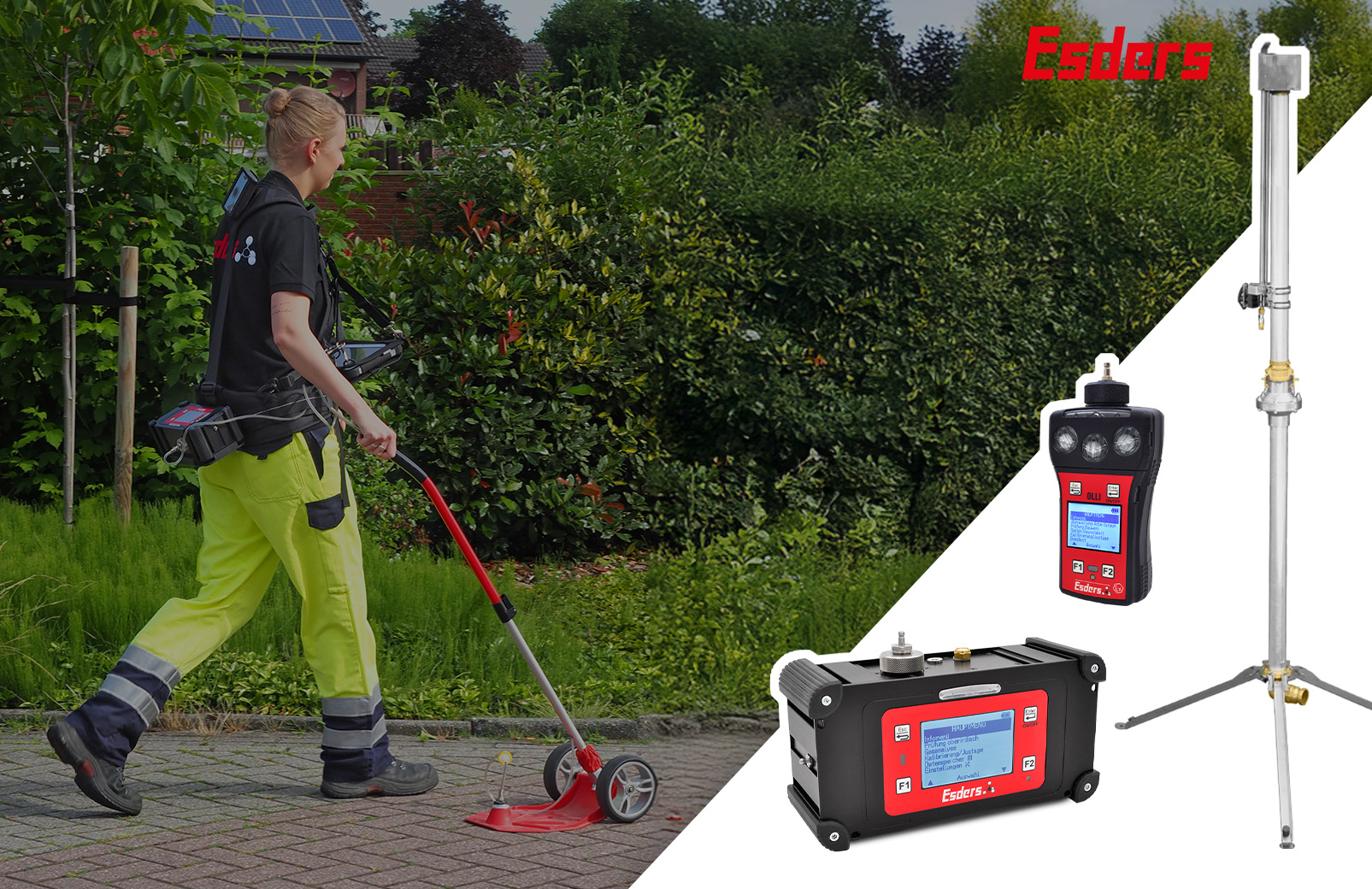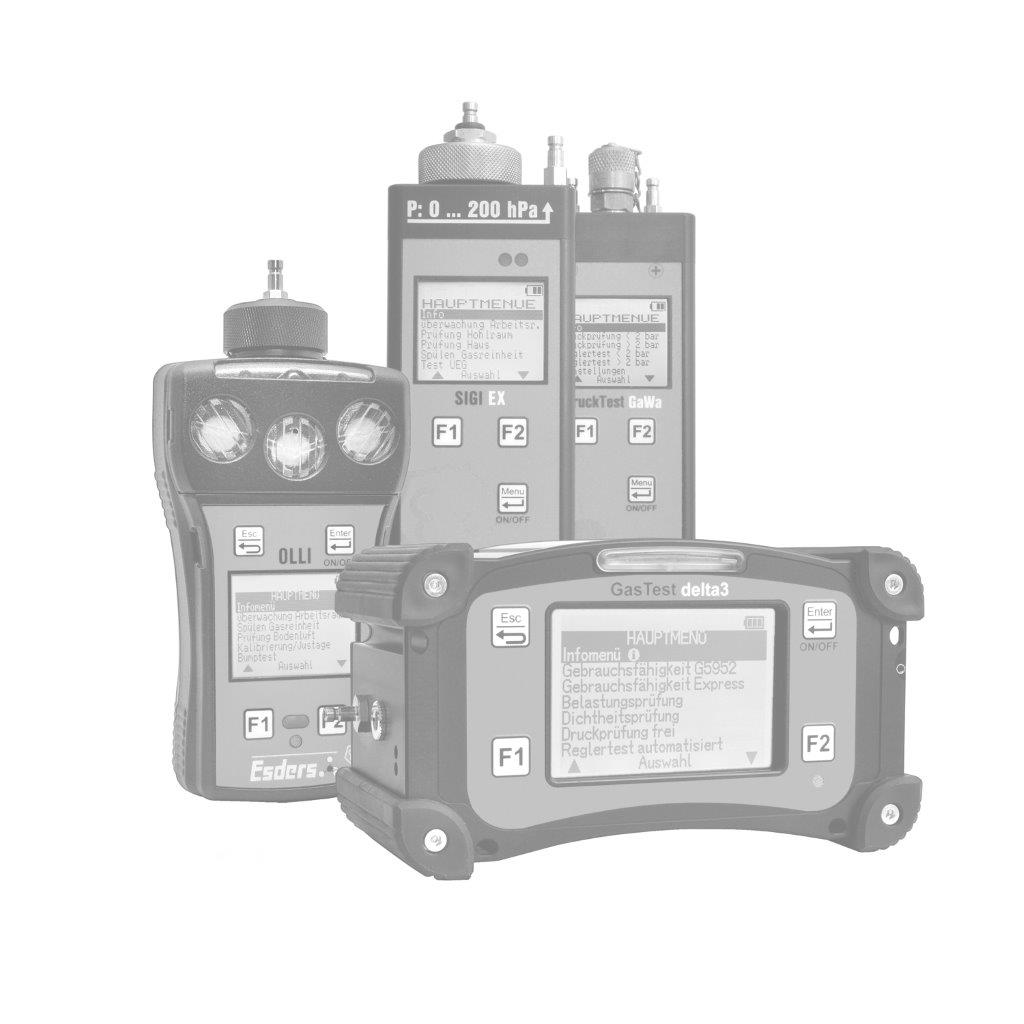From leak detection and repair to flaring and documentation: here are the most important aspects for complying with the law while increasing operational safety.
Targeted instead of information overload – the most important regulations
Not all grid sections are covered by the regulation. Of particular importance for grid operators are Articles 12, 14 and 32 of the EU Methane Emissions Regulation, as well as Annex I.
- Article 12 > Monitoring and reporting > from page 23
- Article 14 > Leak detection and repair > from page 25
- Article 32 > Standards and technical rules > from page 42
- Annex I of the Methane Ordinance > Leak detection and repair inspection in accordance with article 14, from page 47
One key criterion: network connection lines on private property or in industrial plants are initially excluded from the LDAR requirements. The measures therefore focus primarily on public gas pipelines and infrastructure.
Use existing signposts
An important guide is the ‘GaWaS Methane Emissions – Data Reporting Manual’. It helps users to use the GaWaS system to determine and report methane emissions in accordance with the EU Methane Regulation.
The aim of the document is to provide clear and practical guidance to:
✅ quantify methane emissions as accurately as possible by making correct entries,
✅ recognise potential sources of error and increase the accuracy of results,
✅ realistically assess the system’s functions and limitations,
✅ obtain a reliable overview of their methane emissions,
✅ and create a completed OGMP template for the legally required emissions reporting.
An important part of this is the LDAR (Leak Detection and Repair) programme, which distinguishes between two types:
- Type 1 – detection of major leaks: more robust measuring methods are used for high-pressure lines (> 16 bar), valve stations and gas pressure control systems.
- Type 2 – precision measurements for lower pressure: more precise sensors are required for supply lines with ≤ 16 bar in order to reliably detect smaller leaks.
The first emissions reports may use measurement data from the last two years
Immediate repairs are required for:
- Type 1: Methane emissions ≥ 7,000 ppm or 17 g/h
- Type 2: 500 ppm or 1 g/h for above-ground and offshore components and 1000 ppm or 5 g/h for underground pipes and fittings
(EU Methane Regulation Article 14, 8)
Use existing test procedures as a basis
The regular safety inspections according to DVGW G 465-1 can provide valuable data and be used as a basis for the first emissions report.
Good to know: The first report is due by 5 August 2025.
For this report, only estimates based on standardised emission factors are required. A quantified measurement will only become mandatory in later reporting years.
This is how methane emissions are calculated:
Pipeline kilometres x specific emission factor of the material = total emissions
Emissions Reporting Requirements:
You must be able to prove that your pipes have been inspected within the last 24 months – or that this will be done by 5 August 2025 at the latest. It is also necessary to know the exact structure of your pipe network: How many kilometres of pipe are laid with which material?
For newly laid pipelines, a properly documented pressure test according to G469 already counts as the first LDAR measure.
Help with the GaWaS tool:
The DVGW provides support for the preparation of the emissions report in the form of its GaWaS tool (Gas-Water-Statistics tool). To calculate methane emissions, the tool records the length of the pipelines in kilometres, broken down by pressure level.
TIP
Take a close look at your plan at an early stage and define meaningful test sections with standardised materials. If you don’t, the material with the shortest test interval will set the pace for the entire group – which can mean extra effort.
Optimise your leak detection
Flexible and efficient LDAR systems are required for the reliable detection of methane leaks. The new provisions of the regulation significantly shorten the inspection intervals, in some cases almost doubling them. In order to continue to be able to meet the increased requirements in full and on time, faster measurement technology is needed.
Your benefits
✅ Customised measurement technology for different networks and pressures
✅ Precise real-time data for legally compliant reporting
✅ Easy documentation to simplify verification for authorities
✅ Quantification of leaks for on-site measurements
Do not underestimate the new requirements
The regulations will be tightened in the coming years. Network operators should therefore start working now structured measurement reports and adapted technology.
From 5 February 2026:
- More detailed quantification of methane emissions required
- If direct measurement is not possible: develop company-specific emission factors
From 5 February 2027:
- Methane emissions must also be verified for non-self-operated plants
- Additional measurements at the site level are required



.jpg?width=100)